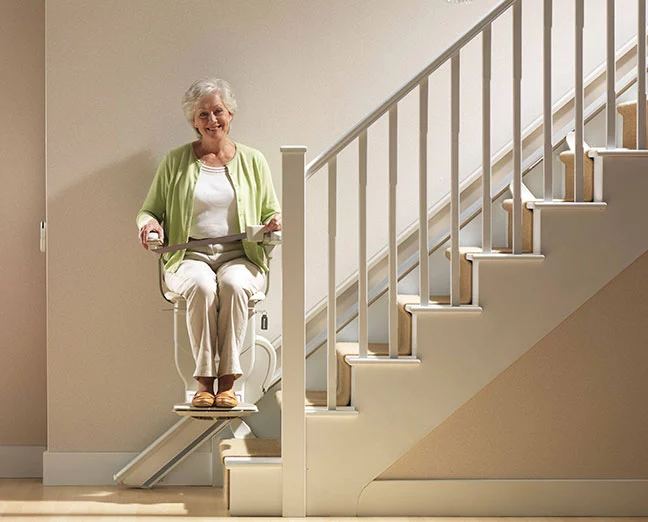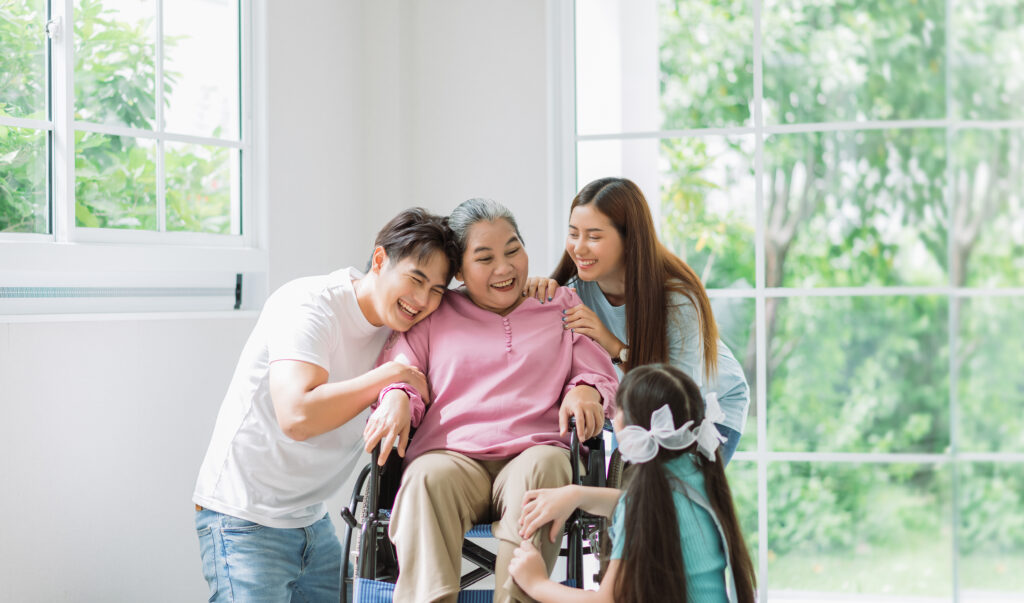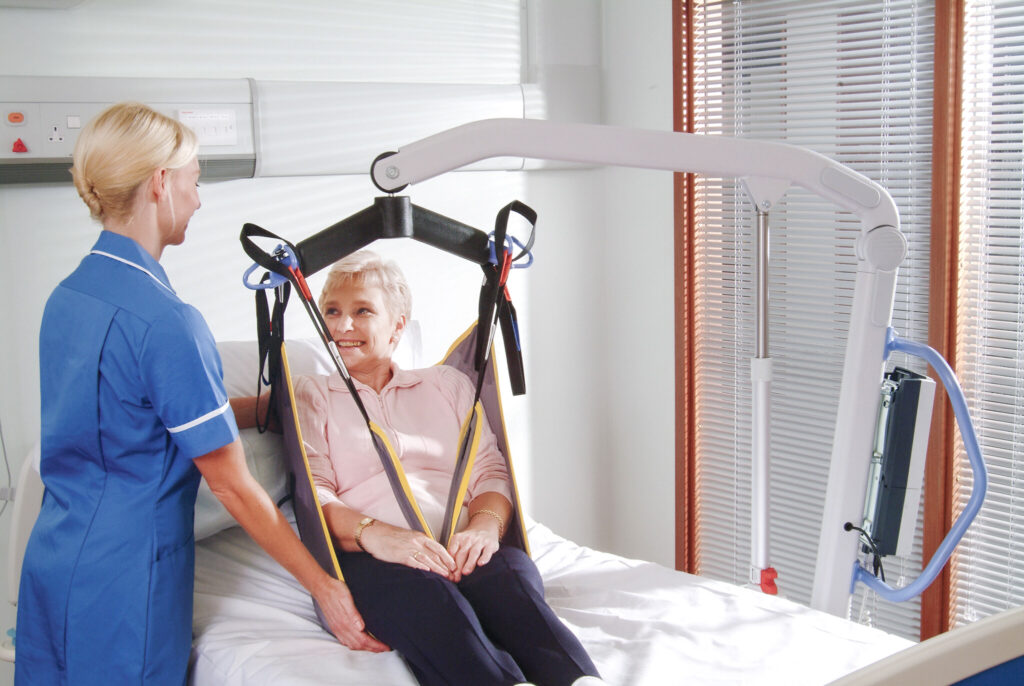Your cart is currently empty!

Aging in Place: How to Stay in the Home You Love for the Long Haul
Most people want to stay in their own homes as they age, but that isn’t always simple. Stairs become harder to climb, bathrooms turn into hazards, and everyday tasks require more effort. Beyond the physical challenges, staying independent also means maintaining health, social connections, and access to essential services—things that can become more difficult without the right support.
At the same time, Canada’s senior population is growing fast. The number of Canadians aged 75 and older is set to double in the next 20 years, increasing the demand for long-term care. While assisted living is an option, many older adults would rather stay where they feel comfortable.
That’s where aging in place comes in. A combination of home modifications, proactive healthcare, and strong social ties makes it possible to live safely and independently for longer. From life-style adjustments to renovations, there are plenty of ways to create a well-rounded plan that supports long-term living.
What Aging in Place Means

For many, home is more than just a place to live—it’s where family, friends, and a sense of community create lasting connections. It’s no surprise that most seniors want to stay put. In fact, a Canadian census found that over 85% of seniors prefer to remain in their own homes rather than move to assisted living.
Aging in place allows older adults to maintain their independence and stay in familiar surroundings rather than transitioning to a retirement home or long-term care facility.
Beyond emotional well-being, staying at home can also make financial sense. Assisted living facilities come with ongoing costs that add up quickly, while home modifications are often a one-time investment that supports long-term independence.
That said, aging in place isn’t always straightforward. Mobility challenges, cognitive changes, or chronic health conditions can make a home difficult—or even unsafe—to navigate.
Without the right modifications, everyday tasks can become obstacles. If a home no longer meets a person’s needs, transitioning to a more supportive living environment may be the better option.
The key is to plan ahead. Small changes made early can make a big difference in preserving safety, comfort, and independence for years to come.
How to Start Aging in Place (Preparing The Home)
Most homes aren’t designed with aging in place in mind. In fact, a 2020 report found that only 10% of homes are truly “aging ready”—meaning they have a step-free entryway, a main-floor bedroom and bathroom, and at least one accessible bathroom feature. For many seniors, making their home safe and accessible requires thoughtful upgrades.
The best time to start planning is before these modifications become necessary. Waiting until mobility or health issues force changes can make the process stressful and overwhelming. Taking small steps now helps create a safer environment and makes aging in place a smoother transition.

Assessing the Home’s Current Setup
The first step is identifying potential challenges before they become hazards. A home assessment helps pinpoint areas that need improvement, whether that’s making doorways wider, improving lighting, or reducing fall risks. Taking time to assess the space yourself, or with an occupational therapist that can offer professional guidance on what changes will make the biggest impact.
Some key areas to evaluate:
- Entryways – Are there steps leading into the home? Is there enough lighting?
- Bathrooms – Are there grab bars, walk-in showers, and non-slip flooring?
- Stairs and Hallways – Is there a plan in place if stairs become difficult to navigate?
Prioritizing Essential Modifications
Not all changes need to happen at once. Start with the modifications that provide the most immediate safety and accessibility benefits.
- Install better lighting – Poor lighting is a major fall risk, especially in hallways and stairwells.
- Reduce trip hazards – Secure loose rugs, replace slippery flooring, and ensure high-traffic areas are clear.
- Add grab bars and handrails – Bathrooms, hallways, and stairs should all have sturdy supports.
- Make entryways accessible – If steps are unavoidable, consider installing a ramp or a handrail.
Thinking Long-Term
While small changes help in the short term, it’s also important to think about future needs. If a home has multiple floors, a main-level living setup could be a game-changer down the road. Remodeling a bathroom for accessibility or installing a stairlift now can prevent a rushed decision later.
Aging in place works best when it’s a proactive decision rather than a reactive one. By making key changes early, seniors can continue living safely and comfortably in their homes for years to come.

Aging in Place Renovations (Costs and Affordability)
Home modifications vary in cost. Some small adjustments, like better lighting or grab bars, are affordable. Larger renovations, like a stairlift or a fully accessible bathroom remodel, require a bigger investment.
Cost breakdown:
- Simple modifications (grab bars, lighting, door handles): $200–$1,000
- Mid-level changes (ramps, wider doorways, flooring updates): $3,000–$10,000
- Major renovations (stairlifts, full bathroom remodels, home automation systems): $10,000–$50,000
The expense might seem high, but it’s important to compare it to alternative costs. Assisted living facilities often charge $4,500 or more per month. Many government programs, grants, and insurance options help cover home modification expenses, making aging in place a more practical solution in the long term.
Other Practical Ways to Age in Place
Aging in place is more than just staying put—it’s about maintaining a full, independent life while ensuring access to healthcare, daily essentials, and social connection. The key to making it work is building a support system that keeps everything running smoothly, from medical care to transportation.

Staying Social and Emotionally Connected
Living alone doesn’t have to mean being isolated. Regular social interaction is key to emotional well-being, keeping the mind sharp and preventing loneliness.
Research indicates that social isolation can lead to higher rates of high blood pressure, heart disease, obesity, a weakened immune system, anxiety, depression, cognitive decline, Alzheimer’s disease, and even death.
On the flip side, strong social connections have profound positive effects on health and longevity. Studies have found that individuals with robust social relationships have a 50% increased likelihood of survival compared to those with weaker ties.
Moreover, the impact of social isolation and loneliness on mortality is comparable to well-established risk factors such as smoking, obesity, and physical inactivity.
Staying Active for Long-Term Mobility
Movement is crucial for maintaining strength, balance, and independence. The Centers for Disease Control and Prevention (CDC) recommends at least 150 minutes of moderate activity per week, but exercise doesn’t have to mean a gym membership.
Simple habits like daily walks, stretching, and light strength training improve mobility and reduce fall risks. Low-impact activities like yoga, tai chi, or swimming help with flexibility and coordination, making everyday movements easier. Staying active ensures that aging in place remains an option for years to come.
Prioritizing Health and Wellness
Staying proactive with health makes aging in place safer and easier. Regular checkups, a balanced diet, and staying active help prevent small issues from becoming major challenges.
Technology also plays a role. Wearable devices monitor vital signs, detect falls, and send medication reminders, while telehealth and in-home healthcare visits provide medical support without the need for travel.
Final Thoughts: Aging in Place Is About More Than Just Your Home

Successfully aging in place requires a combination of preparation, support systems, and smart home modifications. Staying independent isn’t just about adapting your space—it’s about maintaining social connections, prioritizing health, and ensuring access to reliable transportation.
That said, your home plays a big role in making aging in place possible. Thoughtful modifications can make daily life easier, reduce safety risks, and help you stay comfortable for years to come.
If you’re ready to start exploring how to improve your home for aging in place, HME is here to help. Get in touch with our team, and we’d be happy to chat about solutions that fit your needs.
Leave a Reply